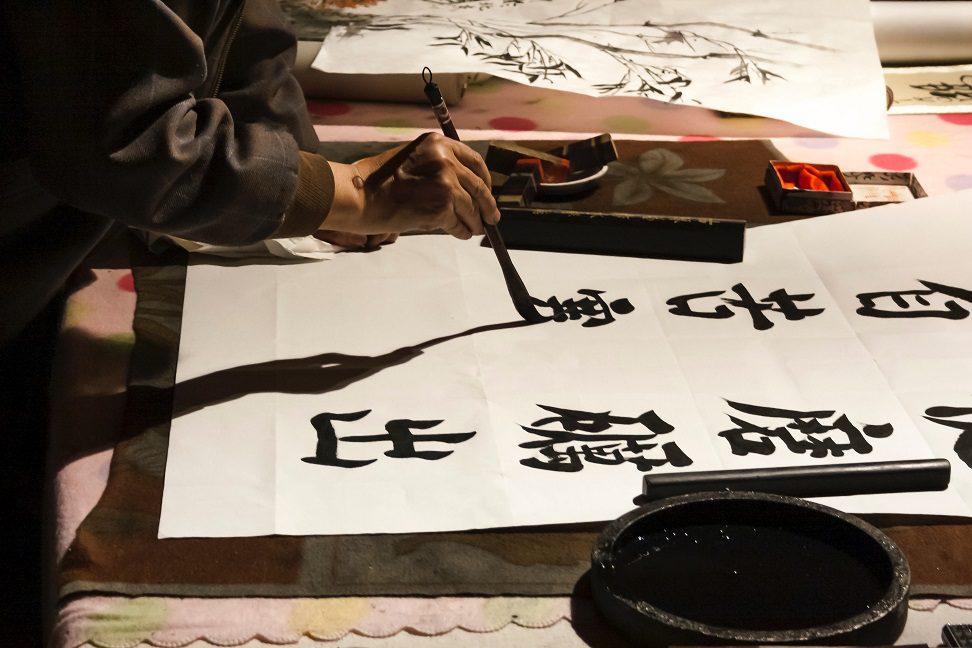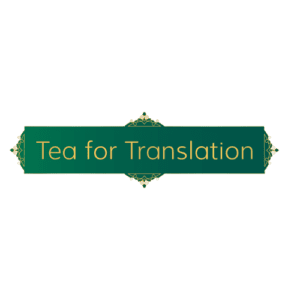
Differences between Traditional and Simplified Chinese
More and more people are learning Chinese, making it one of the most widely spoken languages in the world today. To learners’ confusion, there are two types of Chinese language – Traditional Chinese and Simplified Chinese. They are actually different writing systems. (And then there’s Mandarin Chinese.)

History of Traditional Chinese
Traditional Chinese, as its name implies, is the original writing system. Believed to have emerged during the Han Dynasty (202 BC – 9 AD, 25–220 AD), it carries thousands of years of history. Each character tells a story with complex strokes, combining various components to give sound and meaning. For example, love (愛) contains the character for “heart (心)”; book (書) looks like a hand holding a pen above a piece of paper.
The invention of Simplified Chinese
Simplified Chinese, a relatively modern system, is derived from Traditional Chinese. In the 1950s and 1960s, the Chinese government decided to simplify Chinese characters. They contain less strokes and this made the language easier to write and memorize, promoting literacy. However, to some, part of the history was trimmed off as well. Love (爱) no longer has a “heart” inside; book (书) doesn’t look like a hand writing on paper anymore.
Regional distribution
Traditional Chinese is broadly used in Hong Kong, Macau and Taiwan. Other Chinese communities across the world also use or read Traditional Chinese characters. The Simplified Chinese writing system is adopted in mainland China, Singapore and Malaysia.
So, what’s Mandarin Chinese?
While Traditional and Simplified Chinese are writing systems, Mandarin Chinese is a dialect mainly spoken across mainland China, Taiwan, Singapore and Malaysia. Mandarin Chinese is the official language of China, one of the four official languages of Singapore, and one of the official languages of the United Nations.

Deciding on which one to learn
Choosing between Traditional Chinese and Simplified Chinese very much depends on your preferences and needs. Why do you learn Chinese? Which regions do you wish to learn about and interact with? If you’re interested in or familiar with Japanese language and culture, learning the Traditional Chinese writing system would be beneficial. If you have the time and want to challenge yourself, perhaps you can learn both!



